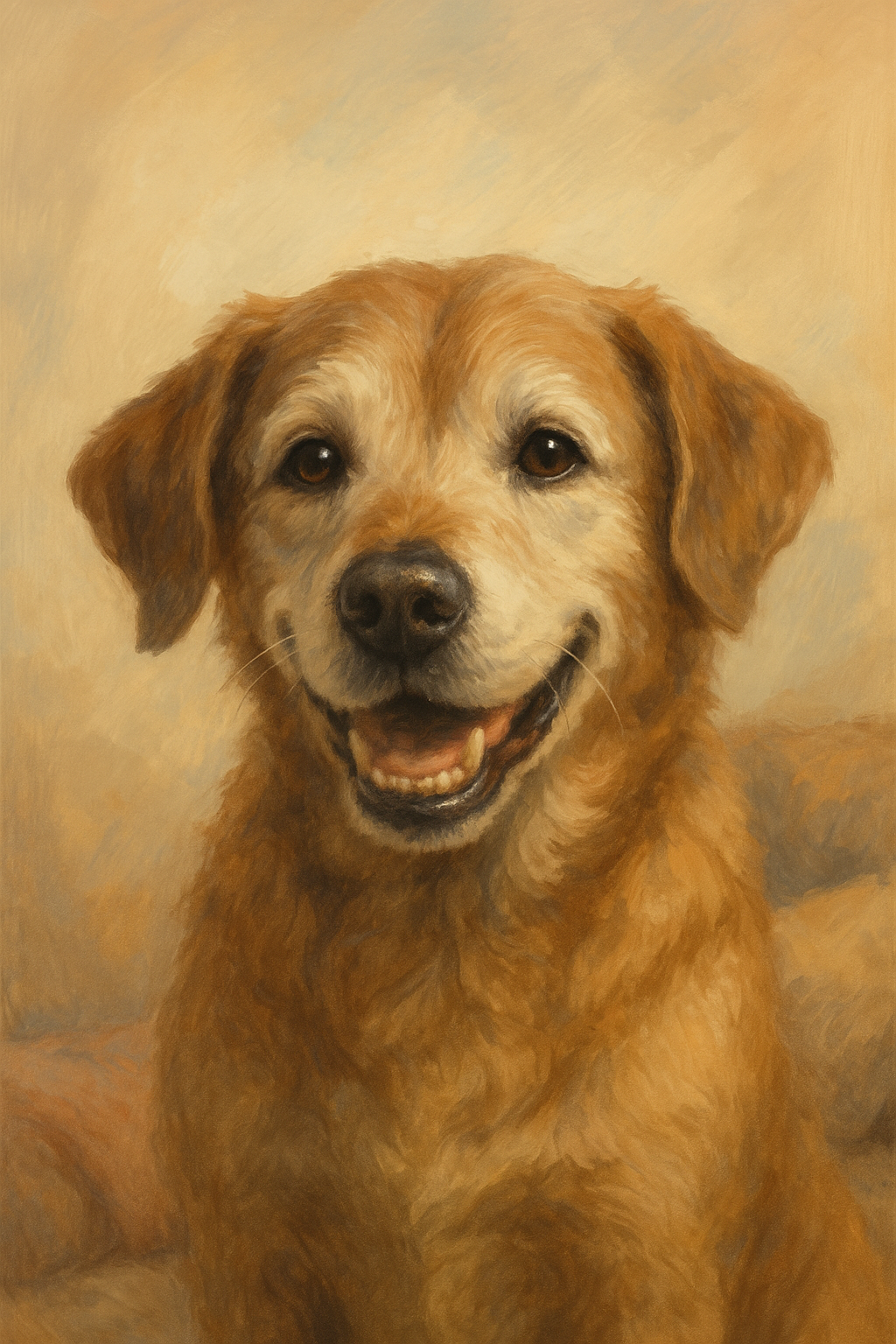

Importance of Activity
Regular movement keeps joints flexible, muscles strong, and minds
sharp. Even short daily sessions can help reduce stiffness and
improve circulation.

Low‑Impact Options
- **Short, frequent walks.** Several 10‑minute strolls are easier on
aging joints than one long trek.
- **Swimming.** If your dog enjoys water, swimming provides gentle
resistance without pounding on their limbs.
- **Puzzle toys.** Mental stimulation is as important as physical
activity for keeping the brain engaged.

Know Your Dog’s Limits
Watch for signs of fatigue, limping, or reluctance to continue. Allow
ample rest and avoid intense activities that could cause injury.

Warm‑Up and Cool‑Down
Just like humans, senior dogs benefit from light stretching or slow
walking before and after exercise to prevent strains.

Final Thoughts
Exercise should be enjoyable and adapted to your dog’s abilities.
Consistency and moderation are key—consult your veterinarian before
starting a new fitness routine.
Missed our previous article? Read it here: Nutritional Needs of Senior Dogs: Feeding for Longevity.
